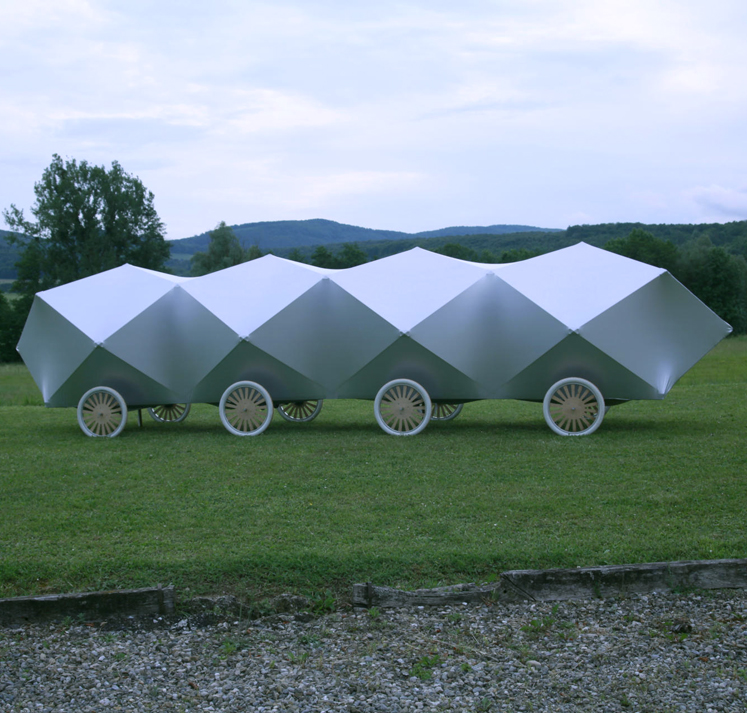
JR
Omelia Contadina
‘Omelia Contadina’ was born out of JR’s interest in the difficulties encountered by a large number of small farmers and inhabitants of rural italy. Alice Rohrwacher explains the origins of the project: ‘last autumn, during a walk on the border between Umbria, Lazio and Tuscany, I told my friend and artist JR of my concerns about the destruction of the agricultural landscape, violated by the intensive monocultures with which major corporations are shaping entire territories. I told him, as the daughter of a beekeeper, of the mass death of insects that such changes bring about… At one point, we stopped at a crossroads: on all sides, uninterrupted rows of hazelnut trees filled the landscape as far as the horizon. As we looked upon this, we commented to each other that it looked like a war cemetery. On the way back we decided — if it looks like a cemetery, we have to hold a funeral. But it must be a funeral full of life!‘

